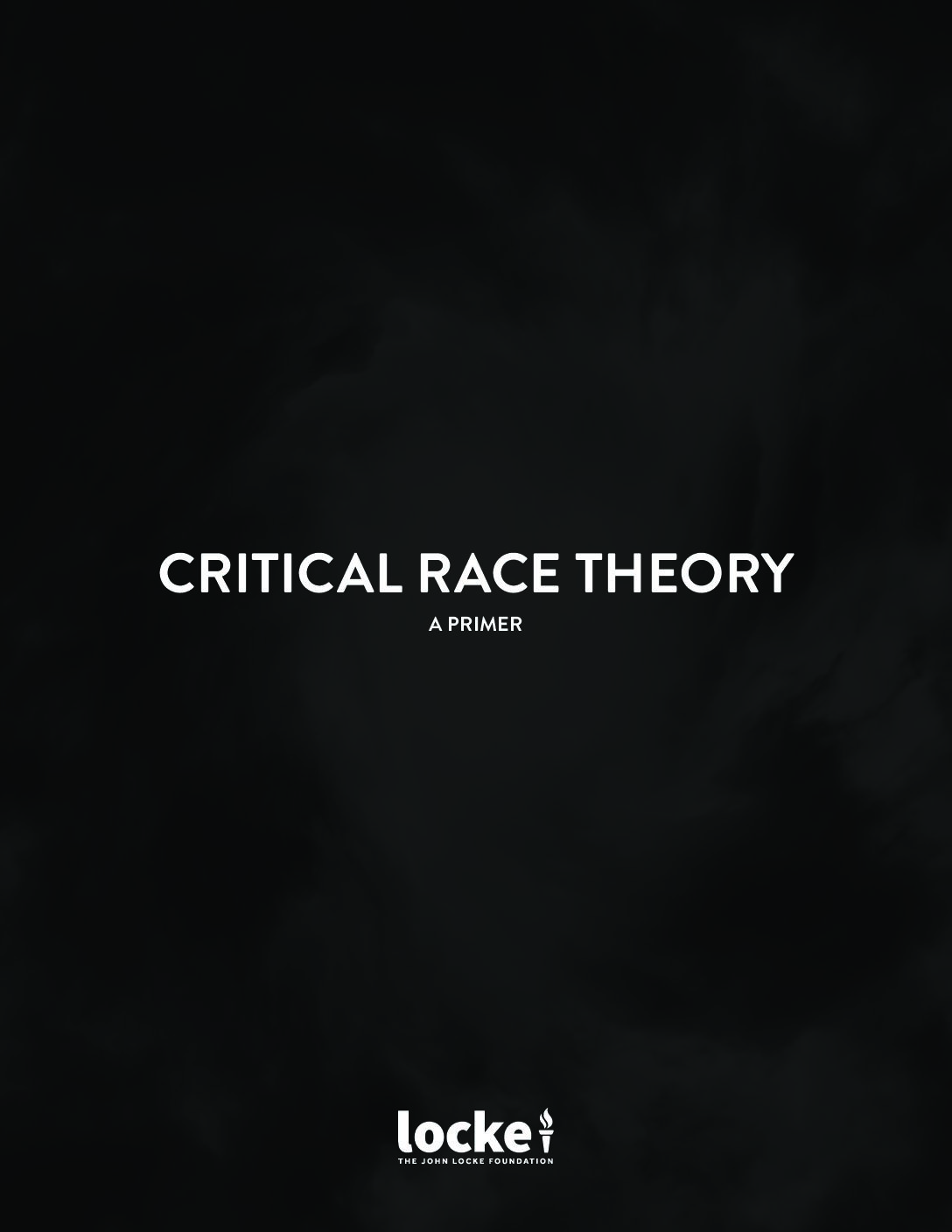Critical race theory is a movement that demands its adherents transform supposedly racist institutions, structures, and ideals through hardline activism. It argues that the United States was built on a foundation of racism and that racism is everywhere.
In their book “Cynical Theories: How Activist Scholarship Made Everything about Race, Gender, and Identity – and Why This Harms Everybody,” former Aero Magazine editor Helen Pluckrose and mathematician James Lindsay explain that the goal of critical race theory (CRT) is to “end racism by seeing it everywhere.” The paradox embodied by this statement may confuse those who were taught that ending racism requires individuals to be colorblind; that is, to treat people the same regardless of race.
“Ending racism by seeing it everywhere” seems like a world away from the vision reflected in Rev. Martin Luther King Jr.’s majestic “I Have a Dream” speech. Most Americans recognize the most powerful line from the speech delivered on August 28, 1963: “I have a dream that my four little children will one day live in a nation where they will not be judged by the color of their skin but by the content of their character.” King and the civil rights leaders of his day championed the idea that the United States could defeat racism by adopting the basic principle of dignity and respect for all humans regardless of skin color.
Critical race theorists disagree. In short, they argue that the United States was built on a foundation of racism and therefore it truly is everywhere. As described in their book “Critical Race Theory: An Introduction,” authors Richard Delgado and Jean Stefancic claimed “racism is ordinary, not aberrational … the usual way society does business, the common, everyday experience of most people of color in this country.” As a result, they argued, “the routines, practices, and institutions that we rely on to do the world’s work will keep minorities in subordinate positions.”
Their long-term project is one of radical societal reconstruction, not racial reconciliation. Indeed, one of the distinguishing features of critical race theory is that it was never designed to be a benign concept occupying the minds of university professors and pages of obscure academic journals. Instead, it is a movement that demands its adherents to transform supposedly racist institutions, structures, and ideals through hardline activism. To be sure, CRT is unique as a theory because it contains “an activist dimension,” according to Delgado and Stefancic.



